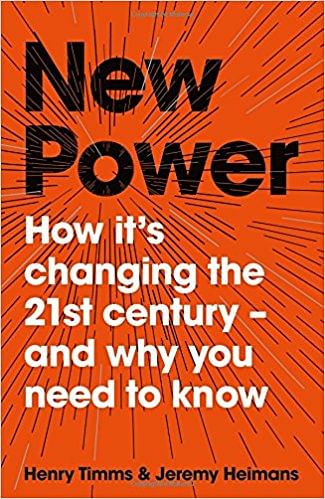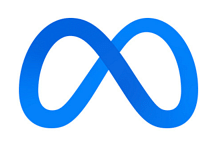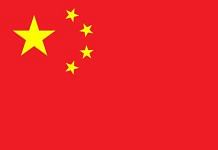
Henry Timms and Jeremy Heimans draw a distinction between ‘old power’ and the ‘new one’ in the wake of socially powerful movements such as the #MeToo campaign.
The definition of ‘power’ has changed through time, and to gain power in this fast evolving world, it has become important to learn how to channel it. Henry Timms and Jeremy Heimans provide a guide to navigate this changing power dynamic in the 21st century in their international bestseller ‘New Power: How It’s Changing The 21st Century — And Why You Need To Know.’
The book first draws a distinction between ‘old power’ and ‘new power.’ The old power, it points out, is the kind that lies in the hands of a few and follows a top-down approach; for example, institutions with strict hierarchies, where only a few hold exclusive information and direct the functioning. This power is usually accumulated by those who acquire expertise in the field, or those who possess the suitable kind of capital. Examples of these mentioned by the authors include the Nobel Prize or Fortune 500 companies.
On the other hand, the new power, they argue, is more open and participatory. “Unlike old power method, where a small number of experts have exclusive access to tools, data, and machines, the goal of open innovation is to invite everyone to engage,” the book explains.
The authors cite the example of the #MeToo social media movement and how it gained strength in numbers, becoming one of the most powerful movements of the current times, as signifying the power that connectivity holds today. Facebook, Uber, Airbnb are all successful projects that follow the new power model, with reliance on customer participation for constant innovation.
The book also provides an analysis of organisations such as NASA and LEGO, which it says, completely revamped their functioning to involve crowd-funding ideas, which have led to break-through innovations for the companies.
However, the book teaches the reader the ways balancing old power with new power. “There has always been a dialect between bottom-up and top-down, between hierarchies and network,” mention the authors, stressing upon the fact that the world can’t function without either of these. They also warn the readers to not assume new power values as ‘good’ or old power values as bad. “It’s better to see them as a spectrum and to consider where your beliefs, and those of the organisations you are a part of, might sit along with them.”






COMMENTS